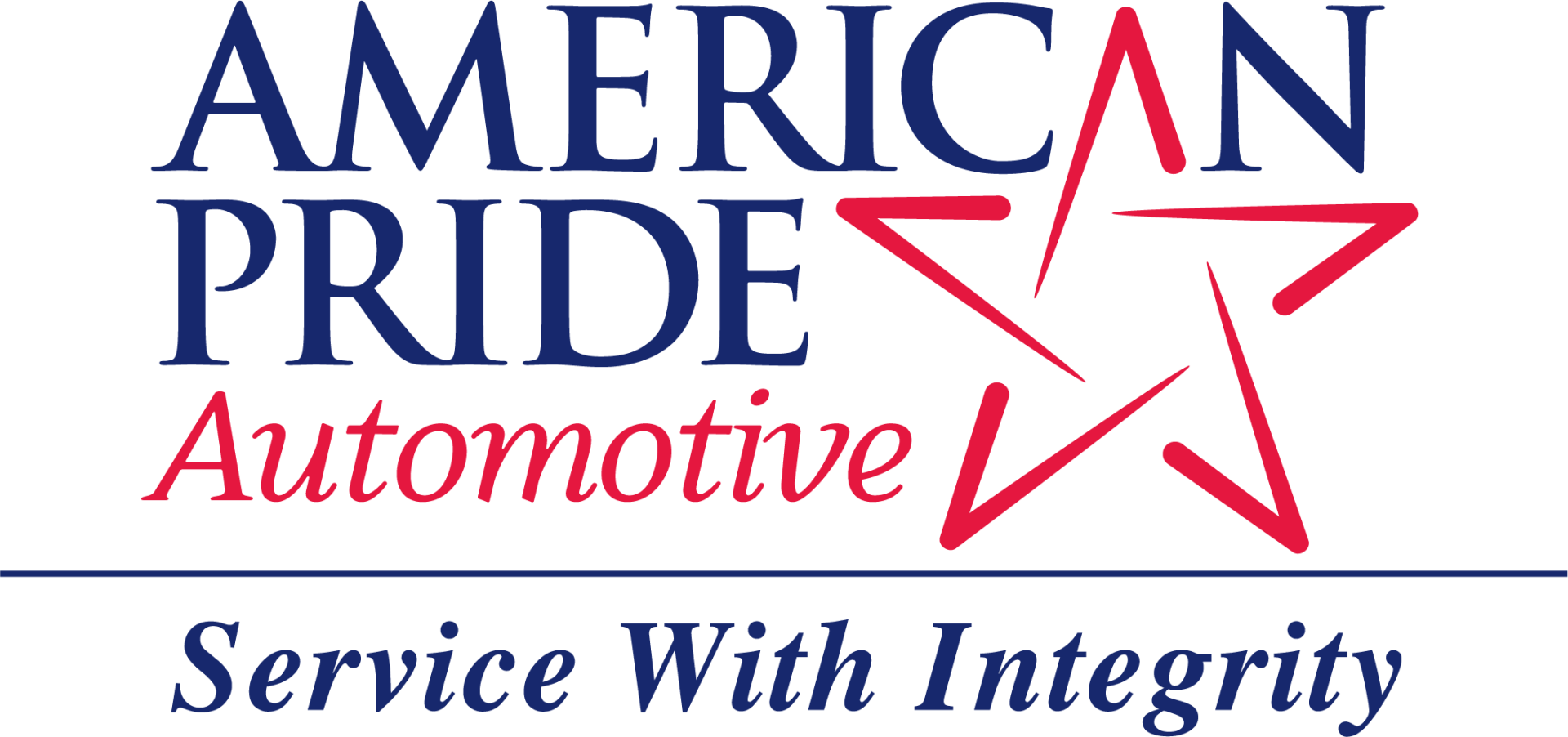THE EVERYTHING AUTO BLOG: "BLAME IT ON THE RAIN" SERIES, PART 1
American Pride Automotive • March 19, 2013
At American Pride, we are all about keeping you and your family out of harm’s way. We do this by giving you the expert care and car care tips you need to ensure your vehicle is safe and reliable. As Spring approaches, we want to offer drivers some advice about the hazards of wet weather. In two parts, “The Everything Auto Blog: Blame it On the Rain” series will help you stay safe in even the stormiest spring weather.
Rainy spring weather means two things for drivers in Hampton Roads: 1) Summer and warm weather are on their way (load up the beach chairs!), and 2) Decreased visibility, slippery roads, and occasional flooding. Heed the following tips to make certain your car is ready for the dangers posed by spring showers.
1. CHECK THE TREAD ON YOUR TIRES
Be confident that your vehicle can traverse the slipperiest of terrains by replacing worn tires as soon as possible. A thin tread is no match for water deeper than itself and can pose great risk to you and your family, especially when rain first starts coming down.
To check your tread depth, the Care Care Council recommends placing a penny in the tread. If you can see Lincoln’s whole head, it’s time for new tires. Quickly and at a reasonable cost, American Pride can replace your tires and double check to make sure your alignment and suspension systems are working properly. Don’t take a chance on worn tires.
2. CHECK YOUR BRAKES
Your brakes are an important defense against accidents in conditions when visibility is decreased. If they’ve been squealing, your brake pads have likely worn down and it’s time to replace the pads before they are ground to the rotors. Call or stop in at American Pride toget a brake check and, if need be, get your brake pads replaced.
If your car is not equipped with an Anti-Lock Brake System (ABS) and you are driving in wet weather, be sure to brake lightly in slippery conditions and if you lose control of your vehicle, don’t press on the brake as it will lock and make matters worse. Conversely, cars with ABS should brake firmly in a skid.
After passing through a deep water hazard, be sure to check that your brakes aren’t saturated. It’s best to avoid such hazards altogether, but doing so can be especially difficult at night. We’ll focus on what to do if your car stalls in deep water next week.
3. KEEP YOUR WINDSHIELD WIPERS READY FOR ACTION
Fresh windshield wipers and wiper fluid can make all the difference on a rainy, hazardous day. Wiper blades are a cheap but vital vehicle component and you should replace them once a year in order to maximize visibility.
Is your car ready for warmer days and the rainstorms that come along with them? Check back next week for more tips and tricks for driving in nasty weather, and call orcontact American Pride if you have any questions about vehicle repair or maintenance. We’re here for you!

You’re driving home at night and it is raining cats and dogs. You can’t see but 20 feet in front of your car, but you’ve slowed down and are being extra cautious, so what could go wrong? Then you feel it. A sinking Cl-clunk. Maybe that “puddle” you saw ahead of you was deeper than just a puddle. Before you know it, your car is stalling in the high water in the middle of the road. Now what? First off, don’t panic. Turn on your hazards and crank the ignition once. If the car starts, make it dry land and pull over to assess the damage. If it does not start the first time, do not try to start it again. Doing so can result in a hydro locked engine and will likely necessitate the rebuilding or replacement of the engine. Unfortunately, if you find yourself stalling in water at all, your vehicle will probably need costly repairs. The best way to avoid water damage is to practice safe and smart driving in wet weather, which brings us to Part 2 of the Everything Auto “Blame it on the Rain” series (Find Part 1 here). Take heed of these severe weather driving tips: 1. TAKE NO CHANCES ON PUDDLES Even if the standing water ahead of you looks shallow enough to drive through, think twice. If the water is “rushing” or if other drivers are making a point to avoid it, don’t assume that your vehicle is the exception. Additionally, you never know the hazards that lay at the bottom of a puddle. Hidden potholes or debris can pierce your tires and jostle your alignment and suspension system. 2. IF YOU MUST TAKE A CHANCE, TAKE IT SLOW AND STEADY When you deem it necessary and safe to drive through water of questionable depth, go slowly. Speeding through a puddle, even a shallow one, can splash water into your vehicle’s intake and critically harm the engine. Like we mentioned last week, after driving through standing water, lightly tap your brakes to make sure they aren’t saturated and to dry them off. 3. KEEP A ROADSIDE EMERGENCY KIT HANDY Sometimes, no matter how careful you are on the road, accidents and vehicle malfunctions happen, especially in wet severe weather. That’s why it is extremely important to keep emergency supplies ready in the trunk for the worst case scenario. You can buy a preassembled one, but it is cheaper (and more rewarding) to assemble your own. What should you include? Edmunds.com provides an excellent comprehensive list of items, a few of which include: 12-foot jumper cables Four 15 minute road flares Two quarts of oil A gallon of antifreeze A first-aid kit. Find the rest of the list here We hope that this series has given you helpful safety insights and tips for driving in the rain! Remember that American Pride Automotive is always here to help and ready to answer any and all of your auto repair and maintenance questions! Call or contact us today.
